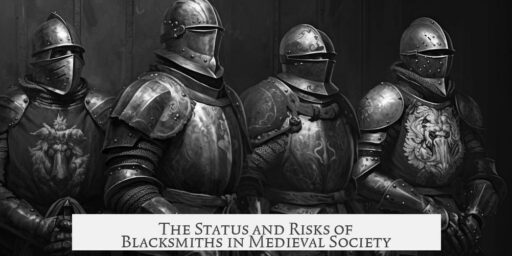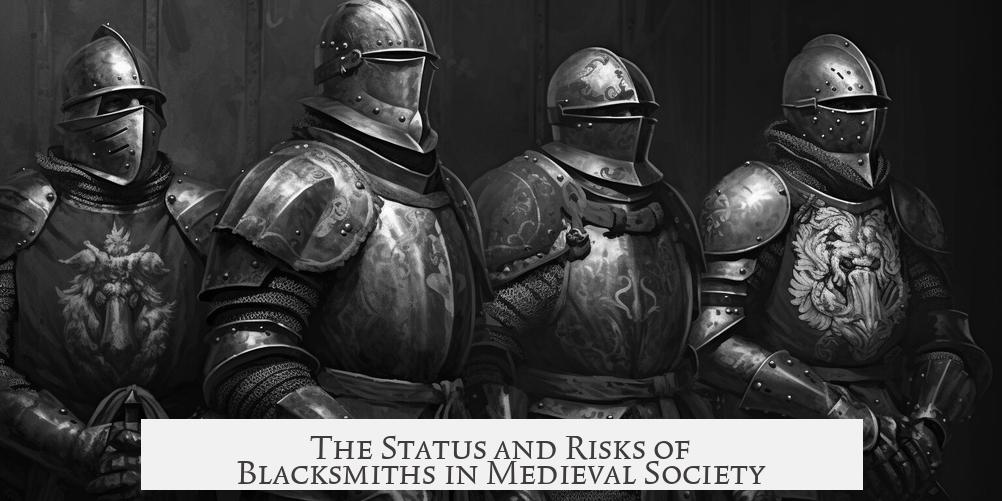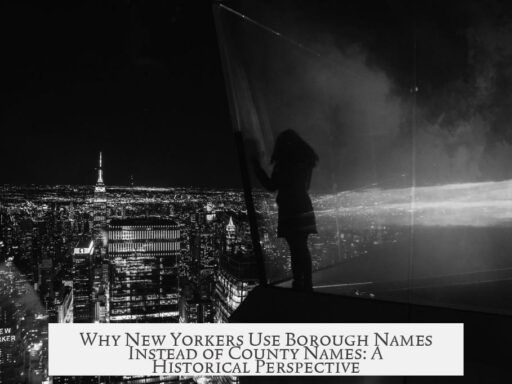Blacksmiths in medieval times held a complex position in society, often respected for their skills but generally regarded as peasants rather than high-class individuals. Their social standing varied regionally and over time, influenced strongly by their craft specialization and political circumstances. While blacksmiths were valuable for their expertise in making weapons and tools, their safety during conflicts depended on the nature of the warring parties and the context of conquest.
In many medieval European communities, blacksmiths were essential craftsmen. They produced iron tools, horseshoes, weapons, and armor, all indispensable for daily life and warfare. Among common people, smiths enjoyed respect due to their vital trade. Their role was practical, closely linked to agricultural work, military needs, and everyday repairs. Despite this, the aristocracy often viewed blacksmiths as mere peasants. They did not rank highly in the noble hierarchy and were typically considered as producing goods on command, without much status beyond their craft.
Their social respect improved somewhat during the rise of the Craft Guilds in cities, starting predominantly from the Renaissance. Guild membership gave blacksmiths some collective power and prestige but did not elevate them to the class of nobility. The guild system formalized the trade, regulated quality and training, and protected economic interests, resulting in a gradual improvement in their social standing in urban contexts.
There were notable exceptions to this general status across cultures and regions. For instance, in West Africa, blacksmiths traditionally held a place in the upper classes of society. Their ironworking skills were viewed as prestigious, tied not only to economic worth but also spiritual and social significance.
The skill and type of blacksmithing were crucial to regard and protection. Highly specialized smiths like those crafting cannons or exceptional swords were more valued. A notable example comes from medieval Iberia. Muslim mudejar blacksmiths, living under Christian rule, were highly prized for their weapon-making. One mudejar swordsmith in Navarre committed murder but was pardoned and even recalled by the king because the realm depended heavily on his skillful work. This exceptional case shows that top smiths could secure special privileges due to their expertise.
Blacksmiths’ security during warfare depended heavily on the conquering power’s motives and policies. During empire expansion focused on profit and efficiency, conquerors aimed to maximize economic value. They often spared skilled laborers like blacksmiths, scholars, and merchants while eliminating unneeded populations. This strategy preserved crucial craftspeople to maintain production and repair military gear. For example, Timur the Lame deported skilled workers to his capital Samarkand, enhancing its economic and cultural life.
However, if conquerors pursued ideological or religious goals rather than profit, blacksmiths could face the same brutal fate as civilians. The Crusaders during the capture of Jerusalem showed no discrimination, killing many regardless of skills. When French knights took Beziers, the accompanying Papal legate ordered a ruthless massacre without sparing any particular group. In such cases, blacksmiths were not protected by their abilities and suffered alongside others.
Aside from conquest-related dangers, blacksmiths may also become targets in hostage situations. Their skills made them valuable for repairing armor and forging weapons. Therefore, killing a blacksmith during war would be counterproductive for an army needing ongoing support. Only a particularly poor or disliked smith might face harsher treatment.
| Aspect | Details |
|---|---|
| Social Status | Generally peasants; respected by common folk; low among nobles; improved with guilds |
| Regional Exceptions | West Africa: blacksmiths part of upper classes |
| Skill Importance | Highly skilled smiths especially in weapon-making, like mudejars, gained special status |
| Safety During War | Protected if conquerors sought profit; at risk if conquest was irrational or religious |
| Usefulness | Needed for repairs and weapon forging; often spared to maintain military strength |
- Blacksmiths generally seen as low-status craftsmen but respected for their trade.
- Guilds elevated blacksmiths’ position in cities from the Renaissance onward.
- Regional differences exist; some cultures valued smiths highly.
- Highly skilled weapon smiths could secure privileges and protection.
- During conquests, blacksmiths were spared only when conquerors valued economic efficiency.
- They were vulnerable during religious or irrational conflicts.
- Smiths were useful for armies, often making them valuable and less likely to be killed.
Were Blacksmiths Highly Regarded in Medieval Times, and Were They Ever in Danger From Enemies?
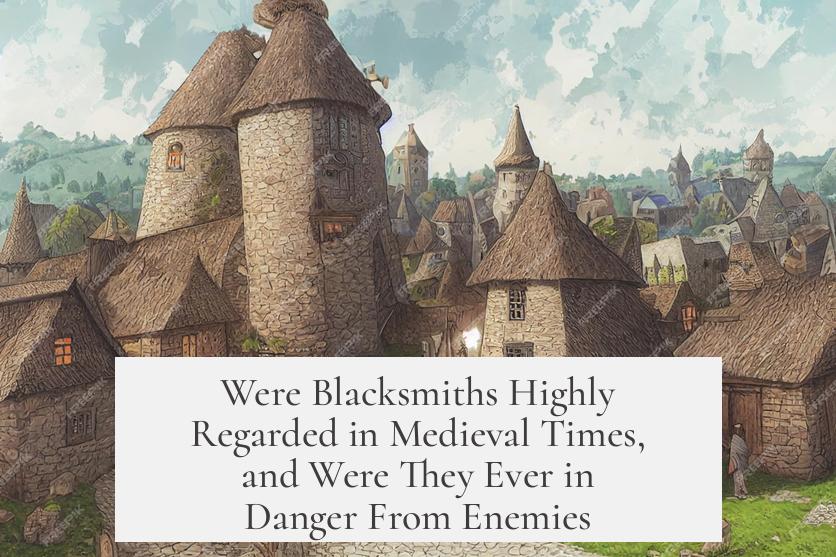
Yes, blacksmiths held a curious place in medieval society—sometimes highly valued, sometimes merely tolerated, and occasionally in serious danger from enemies. Their reputation and safety hinged on where they lived, who ruled, and what exactly they crafted. Let’s hammer out the details.
Blacksmiths: The Unsung Backbone or Just Another Peasant?
Blacksmiths weren’t knights or lords, mind you. To the nobles—those folks who owned castles and fancy feasts—a blacksmith was mostly just a peasant who made iron tools and weapons. Not glamorous, but definitely necessary.
On the street level, however, you’d find a different story. Common folk respected blacksmiths as essential artisans. After all, when your plow broke or your horseshoes wore thin, the smith was the hero with hammer and anvil. Their skills kept life ticking along.
Yet, status-wise, they were stuck in a kind of social limbo—too skilled to be just ordinary peasants, yet not high-class either. This perception started shifting during the Renaissance and early modern periods when craft guilds gained power, raising the social profile of masters of the forge.
That said, exceptions dotted the medieval map. Was a smith who could cast cannons or make exquisite swords? That person caught influential eyes. Specialized skills mattered—a lot.
Regional Twists: Blacksmiths in West Africa
The story changes further still in places like West Africa. There, being a blacksmith could actually mean you belonged to the upper classes. The cultural landscape shaped how blacksmiths were valued, proving medieval Europe wasn’t the whole story.
Skill Level Determines Respect
Let’s be clear: it wasn’t just about being a smith; it was about how well you forged miracles out of molten iron. A poorly skilled smith? Just another laborer. A master craftsman? Pure gold—or rather, iron—that society couldn’t live without.
Take the example of the Muslim mudejar weaponsmiths in Iberia, crafty artisans under Christian rule. Their sword-making skills were so prized that one notorious blacksmith who committed murder was pardoned by the king. The realm simply could not afford to lose his talents. Talk about wielding real power.
Danger on the Battlefield of Survival
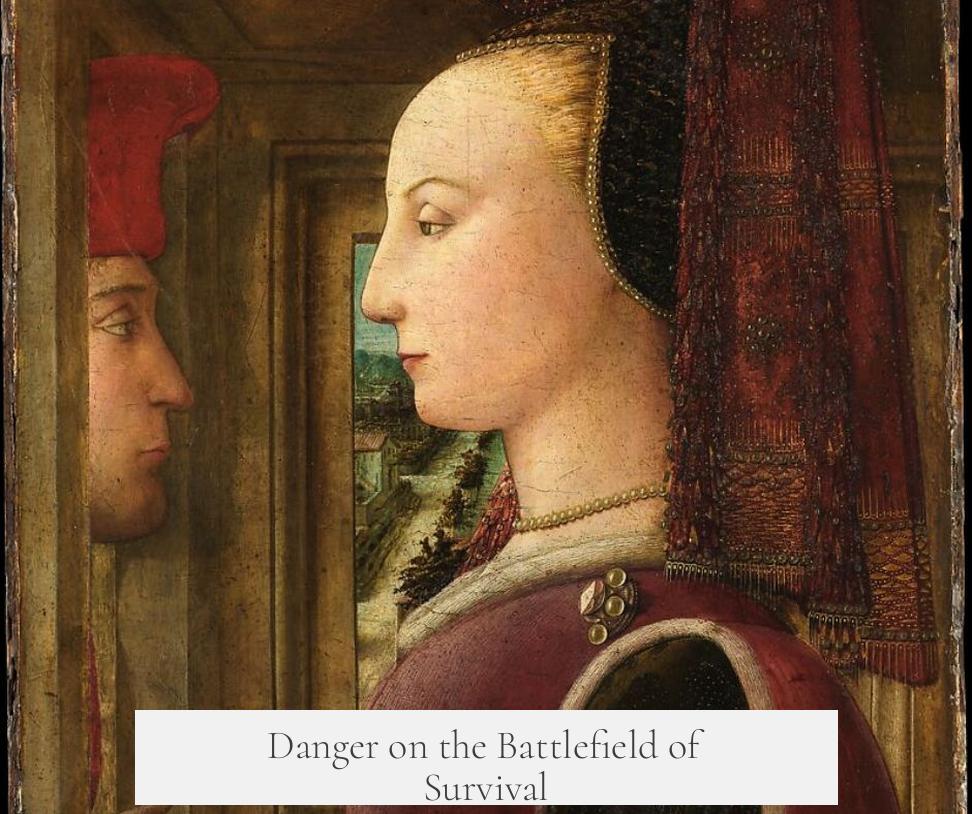
So, were blacksmiths ever in danger? Absolutely, but with shades of nuance.
During the Middle Ages, conquering empires often acted like ruthless corporate raiders, liquidating “deadweight” populations to maximize profit. Skilled workers, including blacksmiths, were *valuable* assets. It made economic sense to spare these artisans—sometimes deporting them to the empire’s core cities to boost development.
Timur the Lame, a conqueror fiercer than even Genghis Khan, deported skilled craftsmen like blacksmiths to his capital, Samarkand, helping it become a cultural and economic marvel. So, for some, having a hammer and skill meant life itself.
But hold that thought. Not all conquerors marched with spreadsheets in hand.
Wars waged for religious zeal, family feuds, or sheer hatred didn’t always discriminate. The Crusaders during the bloody sack of Jerusalem killed indiscriminately. When they stormed Beziers, the infamous papal legate cried, “Kill them all—God will recognize His own!” In those moments, even skilled blacksmiths faced grave danger.
When Being Useful Meant You Were a Hostage
Blacksmiths could also find themselves caught in hostage situations. Intriguingly, it would be utterly foolish to kill a skilled smith outright. Armies and lords needed their armor mended and weapons sharpened. Why throw away a precious resource in the heat of battle? Unless, of course, the smith was infamously bad at the craft (and yes, that happened).
What’s the Takeaway?
Blacksmiths in medieval times danced a delicate ballet between respect and risk. Their skill forged their social standing and protection but never completely shielded them from the capricious tides of war and politics.
So next time you see a simple iron tool or a beautifully crafted sword, remember the blacksmith’s real story: not just a metal shaper, but a survivalist artist navigating a world of nobles, peasants, conquerors—and sometimes brutal enemies.
Want Practical Tips on Appreciating Blacksmith Craft Today?
- Visit living history museums or artisan fairs to see traditional blacksmithing firsthand.
- Learn a bit about historical weaponry—it adds fascinating context to medieval conflicts and social roles.
- Consider how the role of skilled trades today still echoes the critical place blacksmiths held in the past.
Blacksmiths proved that a seemingly humble profession could hold unexpected power. So, were they highly regarded? Sometimes yes, sometimes no. Were they ever in danger? Definitely. But their skill often made the difference between life and death in more ways than one.
